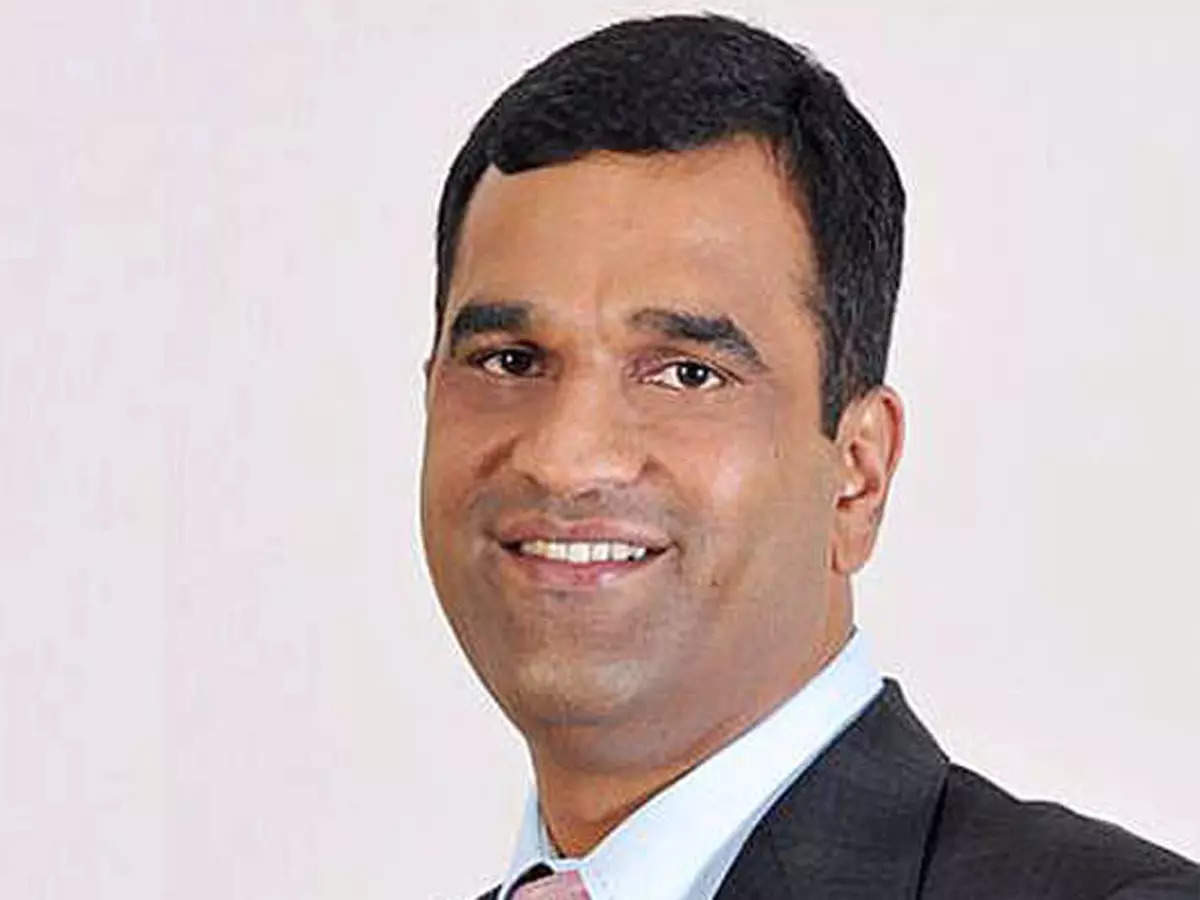[ad_1]
In an insightful conversation with ETNow, market veteran Madhu Kela sheds light on the expectations of D-Street and the factors that could shape the upcoming budget.
Reflecting on the potential of the Indian economy and stock markets two decades ago was considered an unconventional idea, a minority perspective. However, today, there is a unanimous acknowledgement of India’s potential, its trajectory, and why the Indian stock markets rightfully hold a significant position.
Nikunj Dalmia of ETNow coined the phrase “man who saw tomorrow” for Madhu Kela, as someone who foresaw the potential of India’s economy two decades ago.
Here’s a look at Kela’s valuable perspectives on the upcoming budget.
1)Budget vs. Markets:
Kela said that, over the years, the budget’s significance has diminished, given the government’s continuous policy changes throughout the year. Despite being a vote on account, Kela speculates that this year’s budget might be a comprehensive presentation, considering the government’s confidence in continuity.2)Fiscal Prudence and Market Confidence:
Madhu Kela expresses confidence in the government’s fiscal management, commending its ability to consolidate the fiscal situation amidst global market volatility.
He expects the fiscal deficit target of 5.9% to be easily met, possibly even achieving 5.8%. Kela attributes the government’s favourable fiscal position to controlled expenditures, increased revenues, and a substantial cash deposit with the RBI.
3)Populism and Policy Predictability:
With an election year backdrop, there are fears of it being a populist budget. However, Kela downplays this concern, citing Prime Minister Modi’s track record of maintaining fiscal discipline. He anticipates some tweaking of schemes but believes that the market values policy predictability over minor deviations in the fiscal deficit.
4)Quality of Expenditure and Capital Investment:
One significant aspect highlighted by Kela is the government’s focus on quality expenditure, especially in capital investment. He applauds the government’s commitment to increasing capital expenditure by 30% in the last three years, with an expectation of a 20% rise in the upcoming year. This strategic move is seen as crucial for sustained economic growth.
5)Looking Ahead – Public Sector is Still A Buy
Madhu Kela highlights that a significant re-rating has indeed occurred in the PSU space, indicating that PSU stocks are the leaders in the current bull market.
The PSU basket, which stood at Rs 13 lakh crore three to three-and-a-half years ago, has now surpassed Rs 50 lakh crore in terms of market cap. This quadrupling of market cap is unparalleled in any other sector over the last three to three-and-a-half years, establishing PSUs as clear leaders.
While there was notable undervaluation, the sector has now gained recognition. However, I emphasize my openness to buying PSU stocks, but under specific conditions—either during a meaningful correction or when presented with a compelling opportunity, Kela said.
Notably, I remain optimistic about select PSU banks, as they continue to trade at 5-6-7 PE multiples for the next one to two years, in contrast to several other PSU stocks reaching 30-40-50 PE multiples, he added.
Investors must conduct thorough research, especially when considering investments in specific names within the PSU basket. “While I refrain from labeling the entire PSU sector as a buy or sell, caution is advised, particularly in areas like railways, where careful consideration is essential,” Kela advised.
(Disclaimer: Recommendations, suggestions, views and opinions given by the experts are their own. These do not represent the views of Economic Times)
(You can now subscribe to our ETMarkets WhatsApp channel)
[ad_2]
Source link
